Hanoi and Ho Chi Minh City (formerly Saigon) are the two largest and most well-known cities of Vietnam. From across the world, it might be easy to assume that two large cities in one small Southeast Asian country are going to be fairly similar. In some respects, all of the big cities in Southeast Asia have similarities.


That conversation ends when the comparison is Hanoi vs. Ho Chi Minh City (HCMC). Saying these two cities are similar would be tantamount to suggesting that New York and Los Angeles, or Paris and Marseille, are alike simply because they are in the same country. [Read more…] about Hanoi vs. Ho Chi Minh City: Same Same but Different
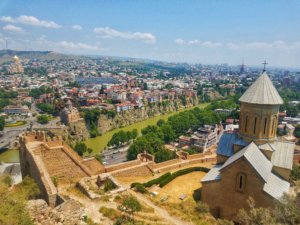















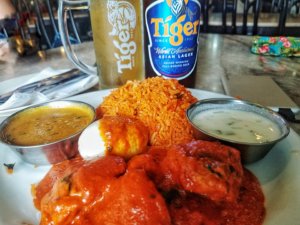












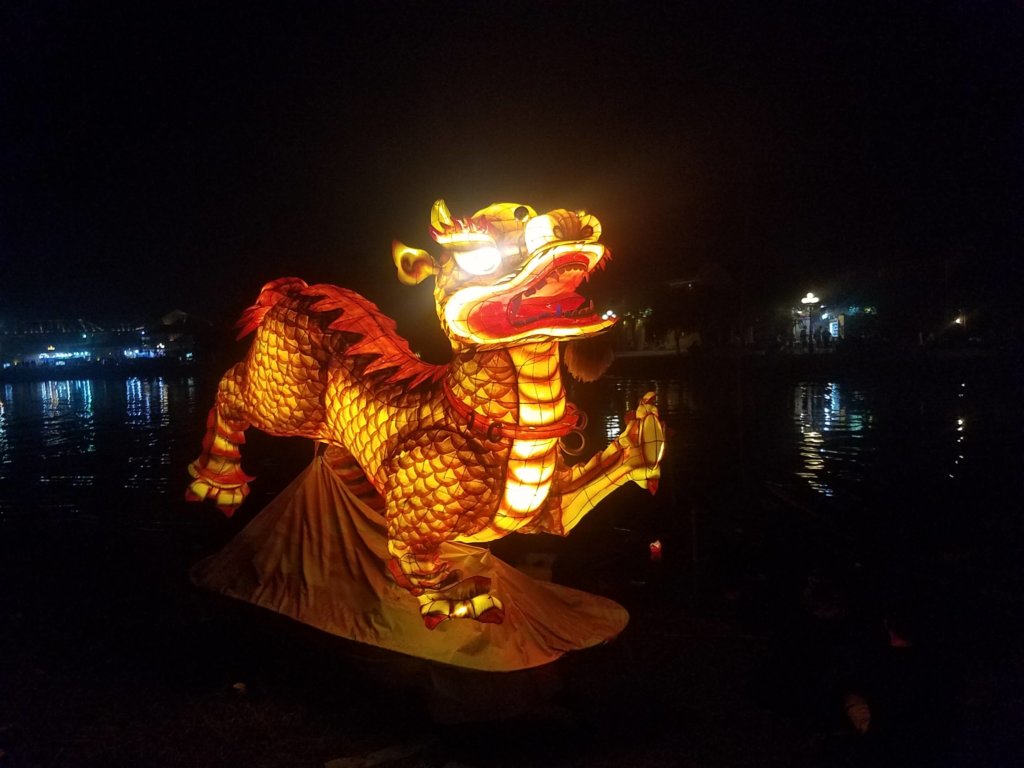
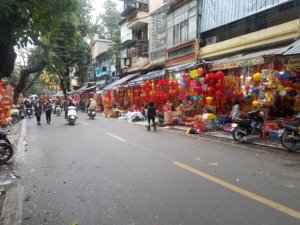


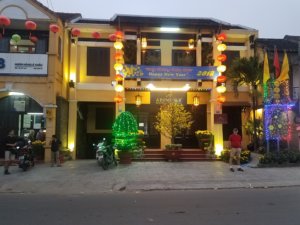


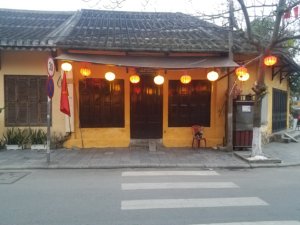
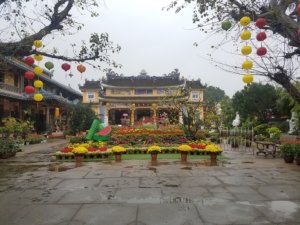
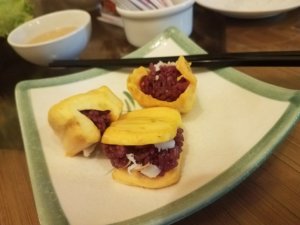
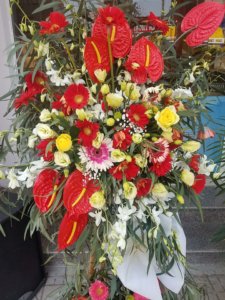

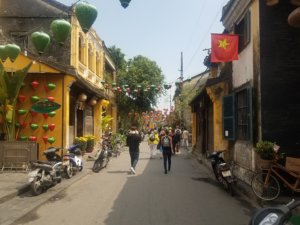










 From a westerner’s perspective, they might actually get more business if they were patient and calmer. Many tourists are deterred from this type of sales. But do not expect things to be any different for your visit.
From a westerner’s perspective, they might actually get more business if they were patient and calmer. Many tourists are deterred from this type of sales. But do not expect things to be any different for your visit. 
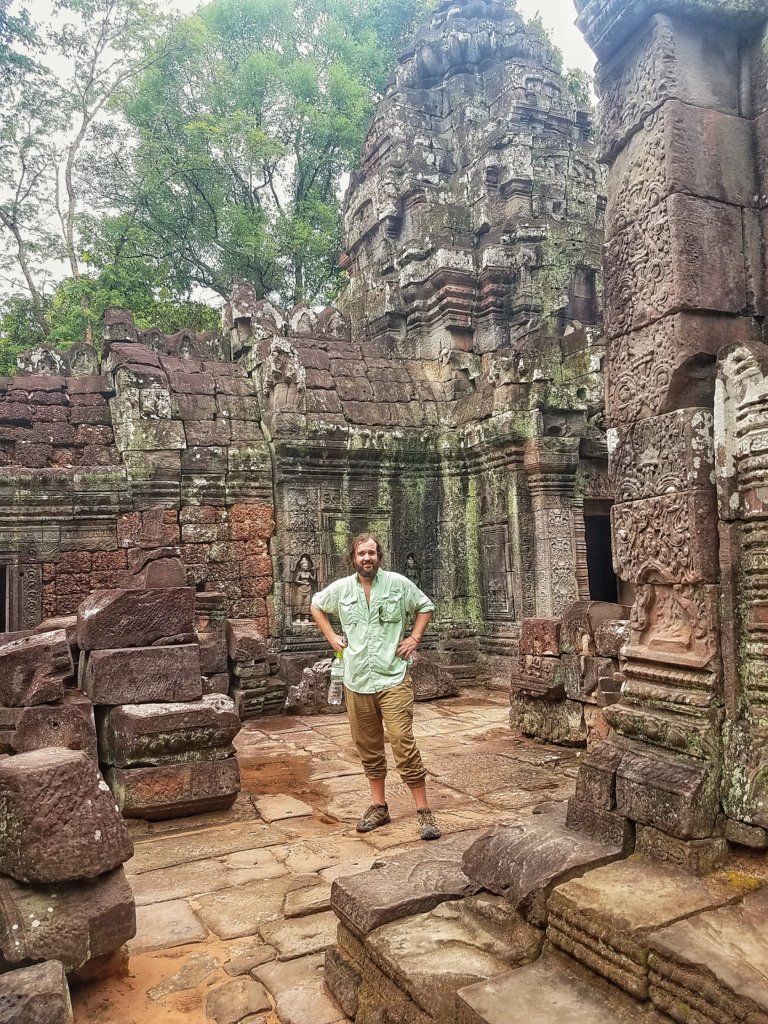


You must be logged in to post a comment.